4x4 Genesis: Land Rover Series 1 + Defender + Discovery + Land Cruiser
Did it ever occur to you to hop onto a journey and find the best off-roader there is? In our case, we lined up the Land Rover Series 1, Defender, Discovery, and Land Cruiser for a quick break from those 9 to 5s. Read on.

In search of the ideal off-roader, Abhishek embarks on a journey that takes him back to the inception of off-road vehicle drivetrains. And the result might surprise you!
Human beings are a curious lot – they’re hard to please! But perhaps it’s this insatiable nature and an inherent curiosity that’s responsible for our advancement in science and technology. Of course, this trait has yielded plenty of comfort and convenience in our everyday lives. And while we enjoy the benefits of technology, it’s ever so important to take that occasional walk down the memory lane to contemplate the past and put the present in perspective.
So, that’s exactly what we’re doing here – taking a trip down memory lane to look at the past. More specifically, the journey of four-wheel drive vehicles through the decades. Why now? Well, quite simply because this is the year that Land Rover – perhaps the most prominent four-wheel drive vehicle manufacturer of our time – turns 70.
Some of you might say that the original Jeep was the first mainstream four-wheel drive vehicle. That’s true, but let’s not forget that it was Land Rover that took the concept of a four-wheel drive vehicle to unparalleled heights with numerous variations of its Series and Defender models – station wagons, cranes, fire engines, armoured UVs, military vehicles, ambulances, tracked vehicles and pick-up trucks. A Land Rover came in all shapes and sizes, literally!
The three Land Rovers that we have here represent the very essence of Land Rover over the years. The green Series 1 is where it all began for the Rover car company in the UK, as its off-road vehicle tasted unprecedented success almost immediately. The white vehicle is the Defender – the final iteration of Land Rover’s original vehicle. The orange shiny one, meanwhile, represents everything that a Land Rover stands for today – a blizzard of electronic equipment, new age off-road credentials, luxury and comfort, while still being as capable as its ancestors.
Yes, yes, but what’s a Land Cruiser doing here?
Now, you may be wondering what a Toyota Land Cruiser is doing in their midst. Well, the Land Cruiser was the only other off-road model that tasted success all over the world, not only because of its four-wheel drive capability but also its inherent Japanese reliability. After all, the Land Cruiser – until recently – was the only vehicle in which you would attempt to cross the Australian Outback. But, then again, Land Rover has quite a few back-breaking expeditions and adventures under its belt, some of which it pioneered.
Now, if we’re to experience these vastly different four-wheel drive machines from different eras to understand where it all began, and how far we’ve come, we must start at the beginning – with the Series 1, of course.
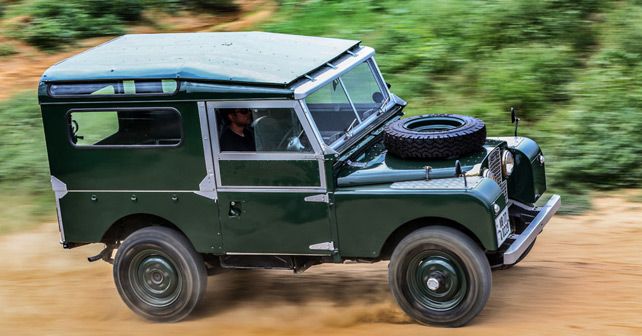
When the Series 1 hit the market in 1948, the demand surpassed supply by a huge margin – owing to its wide range of capabilities. Over the years, Land Rover’s Series models exceeded the company’s sales expectations beyond measure, and later culminated in the legendary Defender. In their many variations, Land Rovers became the default choice for explorers, farmers, the armed forces and rescue-and-aid operations from around the world. The production run from the Series 1 to the Defender spans over 67 years, which is just shy of the British marque’s total age! So, you see, the priceless Series 1 and the Defender are the pillars of the Land Rover brand.
Incidentally, both Land Rovers belong to the same owner – Ashish Gupta, founder of Cougar Motorsports (organisers of RFC India, among other leading events). The pristine condition of both cars is a testimony to Ashish’s restoration skills.

He’s gone to great lengths to restore the Series 1 to its original specifications, sourcing parts from across the world! The great availability of spare parts for Land Rovers is a testament to just how many are still on the roads. As Ashish says, absolutely everything is available from a specialised manufacturer in England. Well, this is certainly a quality restoration. I mean just look at how the brass trim pieces on the bonnet are gleaming. By the way, this machine could be yours. Ashish has recently put it up for sale. So, reach out to him if you’re interested in owning a beautiful piece of history.
Now, to understand the reason behind the Land Rover’s unprecedented popularity, you should know that back in the late 40s and 50s, the road network outside of the cities even in the UK was challenging. Also, Britain was an agriculture-based economy, so there was a great deal of utility in a vehicle that could go-anywhere and transport people and cargo alike. So, it’s no surprise that the Land Rover was an instant success. As we know, shortly after its launch, its off-road credentials and versatility made it a global phenomenon.
Experiencing the genesis of Land Rover
After years of day dreaming, I finally got the opportunity to get behind the wheel of a Series 1. One might think that, considering its age, it would feel industrial from behind the wheel. But you would be wrong. The Series 1 comes to life immediately, as you fire up the 2.0-litre, four-cylinder petrol engine. But, unlike modern vehicles, you don’t just get in and drive. There’s a process to follow. You turn the key, tug at the fuel pump switch and then reach below the ignition keys to thumb the starter button. And, for me, this was a real hair-raising moment. It just engages you in a way that modern vehicles don’t, making you feel as though you’re witnessing history itself – a machine from a period that no longer exists, and one that allows you to go back in time. It’s a unique feeling, and once you experience it you don’t want to let it go.
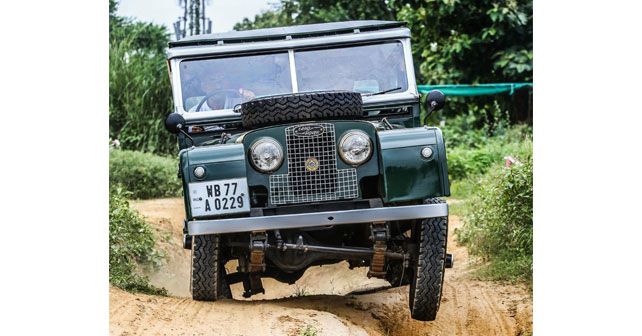
I reach for the floor shifter, and of course, there are no markings on the gear lever. Plus, the first two gears don’t have synchromesh either. As I depressed a surprisingly light clutch pedal and seamlessly slotted the gear lever into first, the vehicle began rolling forward in a very smooth manner. Selecting second gear meant that I had to double declutch, but that wasn’t difficult given the amount of torque the motor has.
To ensure that I didn’t mess things up, I requested Ashish to take us for a spot for off-roading. Ashish engaged four-wheel drive high while at a standstill – the levers are as easy to use as ever, no yanking or trying to force anything into place here – as we headed towards some axle benders. At this point, Ashish seemed as excited as I was about off-roading in the Series 1 – surprisingly, this was his first time in his fully restored Series 1 as well. And boy, were we impressed! The Series 1 gently sank into the pit on one side. The angle, as you can see, looks quite challenging but, trust me, it didn’t feel like that at all. The vehicle simply climbed out and dropped its wheels onto the other side. This 63-year-old vehicle appeared to be having a ball doing what it was originally intended to do.
The Series 1 feels extremely refined from behind the wheel. Everything about this vehicle – from the unassisted steering and the seamless clutch pedal to the non-synchromesh transmission, and even the ride quality – leaves you amazed, to say the least. That said, the lack of power steering means that your biceps are pumped if you so much as attempt to turn the wheel at a standstill. And, of course, the bench seat doesn’t exactly come chiropractor recommended.

The Defender pushes the boundaries
The Defender that you see here is a 2004 model. And, even though there’s a gap of 49 years between the Series 1 and the Defender, they have a lot in common in terms of their design. Over the decades, the design evolved – edges became rounded, seats were made more comfortable and suspension and new mechanicals advanced to make the vehicle even more capable off the road.
This example of the Defender is powered by a 2.5-litre, five-cylinder turbo diesel engine mated to a five-speed manual gearbox. As soon as you get behind the wheel, you realise that the Defender is a vehicle that blends a modern, ECU-based powertrain with the drive dynamics of a properly old school SUV. There’s plenty of body movement, but the coil spring suspension ensures that the ride remains comfortable. The hydraulic power steering system makes life easy, especially given the heavy weight of this 110-inch wheelbase model. It’s a diesel vehicle, so the clutch is heavy, and the gear ratios are short keeping its application in mind.

At initial speeds, it requires frequent gear changes on the road. But, off the road, once you select low range and put the vehicle into second gear, the ECU simply detects a gradient and feeds in the power to ensure that it conquers all obstacles. All you have to do is to keep your foot off the pedals and control the vehicle’s direction – it’s that easy!
The Defender’s long travel suspension and high ground clearance ensures that it can simply bash through large ruts without taking any damage on the body panels. Its excellent approach and departure angles also make off-roading an absolute breeze. And if the going gets tough, all you have to do is engage the differential lock, and the Defender will find its way out of nearly any situation. The only thing that’s a little unsatisfactory is that, in comparison to the Series 1, the Defender feels a bit distant – the steering is light, the ECU manages power and the suspension generally keeps you at bay.
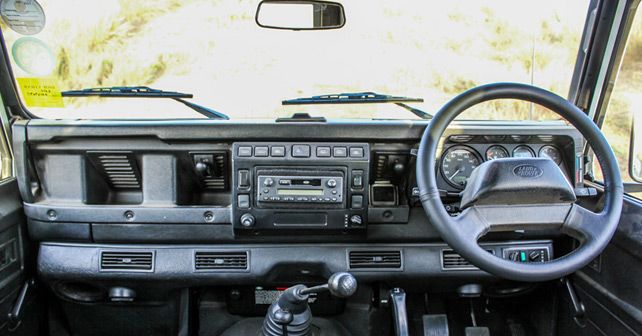
That said, the simple fact is that the Land Rover’s original boxy design was ideal for off-roading, so there was simply no need to change it. It was rugged, versatile and capable, all at the same time. So, it’s no surprise that this design remained intact for so many years. In fact, the only reason it’s having to evolve now is because of regulations – not for lack of demand. The last variants of the Defender have actually sold for preposterous sums of money.
Welcome to the refinement of the 90s
Now, we can’t talk about the worldwide success of a 4x4 vehicle without mentioning the Land Cruiser. Besides Land Rover, Toyota’s Land Cruiser is the only other 4x4 that has tasted global success in the off-road passenger vehicle market. This particular example is a 1995, 80 Series model. Unlike the Defender, the Land Cruiser feels like a proper 90s model, with sleeker lines, more curves, a leather clad interior and a more refined mechanical nature. The significance of the 80 Series Land Cruiser (LC) also lies in the fact that it marks the beginning of a time when 4x4 vehicles were transitioning into luxury and lifestyle vehicles.

In comparison to the Series 1 and Defender, this 80 Series LC feels more like a modern car – not just in appearance but also from behind the wheel. Its ergonomics ensure a more comfortable experience, and its very pliant suspension setup and wide and planted stance make it better behaved and easier to drive on the road.
However, don’t for a moment think that the LC has gone soft – for when you lock the centre differential and engage 4WD low, the vehicle becomes a very capable off-roader. Its suspension setup allows plenty of articulation. And it just has so much grip and torque all the time that it simply destroys most off-road obstacles. What I especially love about the LC is that power modulation feels extremely organic – you can always feel how much the wheels are turning and where they’re slipping, allowing you to balance the throttle beautifully. And despite appearing more docile than the butch Defender, the LC has good approach, break-over and departure angles. Built on a ladder frame chassis, like the Series 1 and Defender, the LC too can take a beating. It beautifully blends hard core off-road capability with the concept of everyday usability.
The age of the plush and luxurious 4x4
And that’s pretty much the idea behind all the 4WD SUVs on the market today – they’re all being designed to offer maximum comfort while continuing to push the boundaries off the road. And, in order to showcase the best in the business, we must come full circle back to Land Rover. The shiny third-generation Land Rover Discovery that you see here comes packed to the gills with all sorts of electronic wizardry, including different driving modes – such as grass, gravel, snow, sand, rock crawl, mud and ruts. Its hill descent control controls forward momentum and brakes each wheel independently while going downhill, leaving with the driver with the sole job of steering the vehicle. Hell, this thing even drives itself off-road when the All Terrain Progress Control is engaged, again leaving the driver to merely steer the vehicle. Fortunately, the controls of the Discovery – the steering and throttle – are so well calibrated that it keeps the driver engaged and provides a lot of feel. So, for all its luxury and electronics, it still scores on this intangible but important aspect of driving off road.

This particular Si6 model, with its 3.0-litre V6 supercharged petrol engine, comes as standard with a low ratio box. Combine that with its electronically adjustable air suspension that can raise the ground clearance all the way up to a staggering 281mm, and it allows the Disco to dismiss off-road obstacles without a bother.
Old school is still badass
With a ground clearance of 314mm, the Defender’s approach, departure and breakover angles are far superior (refer to the spec sheets) than that of the Discovery. Factor in the Disco’s shiny, delicate body panels and you’re a lot more tentative when off-roading in it. I mean just compare the side-step of the Discovery with the riveted industrial looking pipe of the Defender and you get a sense of where these two vehicles are coming from.

And therein lies the problem with modern SUVs – they are just too delicate. Buyers today demand style, luxury and tech, and manufacturers have to comply. Anyone can conquer a mountain with the Discovery, but you know that it’ll cost you if you put a foot wrong. Meanwhile, the Defender will dig itself out of the gates of hell if needed and won’t show even a blemish for its efforts.
So, while new-age SUVs come with incredible driver aids and electronic drivetrains that do all the tricky driving for you, you’ll be fearful of using them for their intended purpose purely because of all that’s at risk in the process.
So, where do you draw the line?
In terms of driver feedback, the Series 1 makes you feel absolutely connected to the vehicle – giving you immense confidence behind the wheel. Plus, I’ve always believed that there’s a certain beauty to carburetted cars, in the way that they allow you to modulate power. But even I’d to be a bit thick in the head to suggest that we should go back to the tech of that time and age.
On balance, as a compromise between everyday usability and off-road capability, I have to say that I like the Land Cruiser’s era the best. You simply feel so in sync with the vehicle, while still having everything you need in terms of comfort and day-to-day usability. Of course, that’s a personal preference, but I believe we still need to find that fine line between ruggedness and driver engagement on the one hand and safety and convenience on the other.

Personally, I enjoy a lightweight off-roader that has knobbly tyres, decent suspension articulation, good approach, departure and break over angles, a low range gearbox and just over adequate power. Much like the Series 1 really. What’s more, Land Rover still produces original specification parts for all of its Series and Defender models! Dammit, I want that green Series 1 for myself. Well, I am thick in the head after all.
autoX would like to thank Ashish Gupta for giving us access to his Series 1 and Defender. If you have any queries about these vehicles, you can get in touch with him at ashish.gupta@cougarmotorsport.in
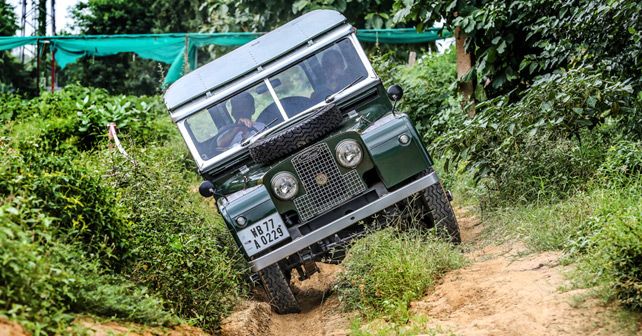
The Series 1 may very well be Chapter 1 from the off-road book, but the original recipe of a lightweight 4x4 with knobbly tyres, decent suspension articulation, good approach, departure and break-over angles, as well as just more than adequate power, holds true even today.
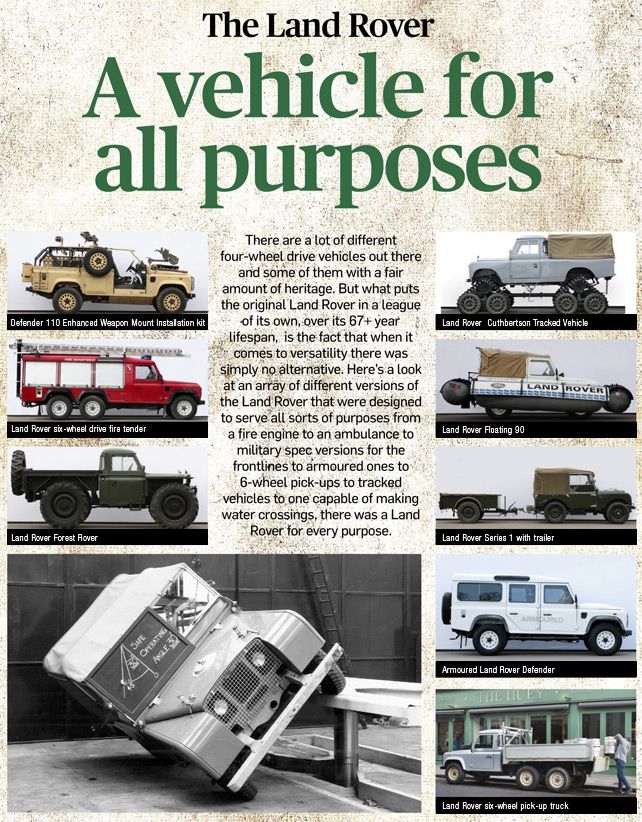
Engine: 1,997cc / 4-Cylinders / 8 Valves / SOHC
Fuel: Petrol
Transmission: 4-Speed Manual with Twin-Speed Transfer Case / Four-Wheel Drive
Power: 51bhp @ 4,000rpm
Torque: 137Nm @ 1,500rpm
Approach angle: 55°
Ramp over angle: 135°
Departure angle: 36°
Ground Clearance: 222mm
Wading depth: 500mm
X-factor: This is the purest form of an off-roader.



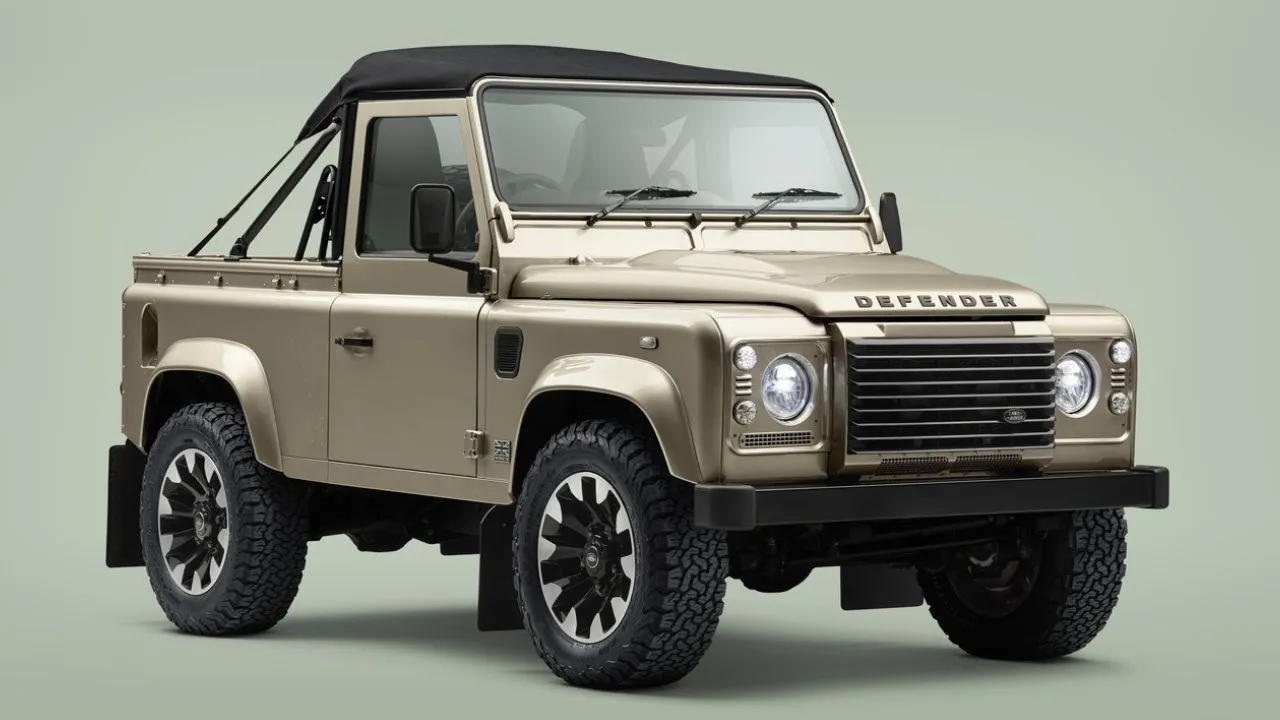



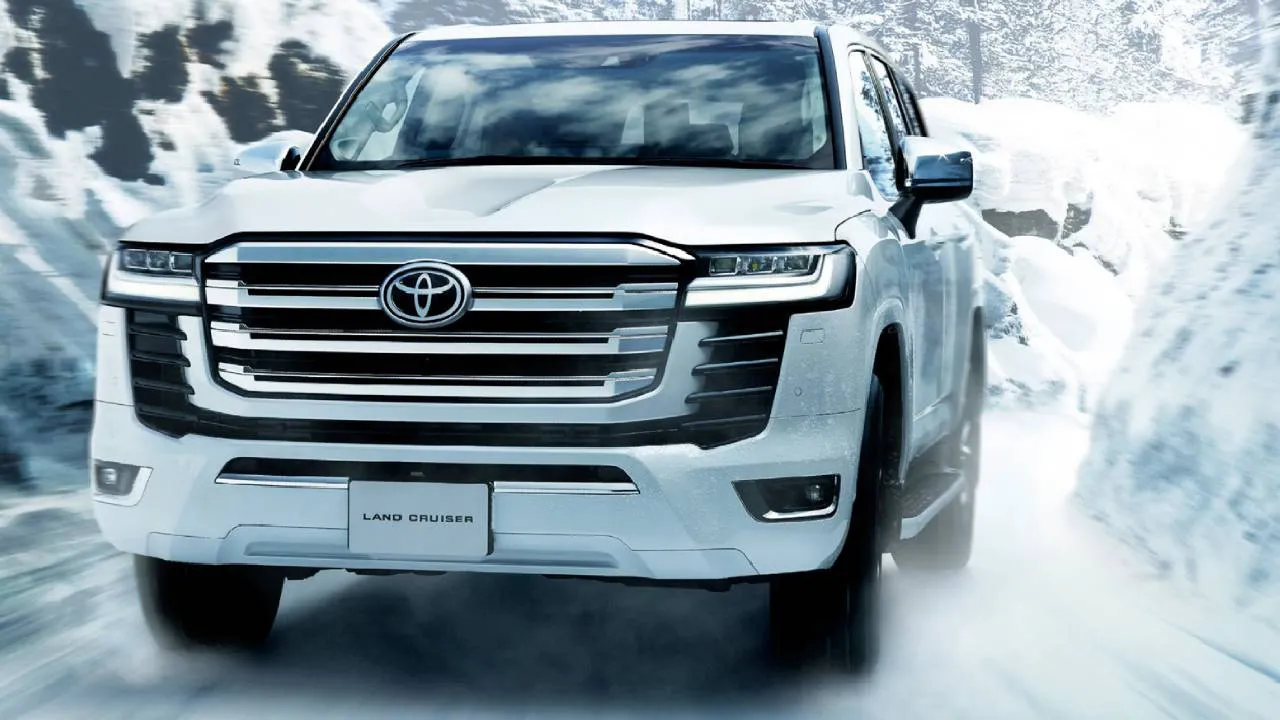
Write your Comment on